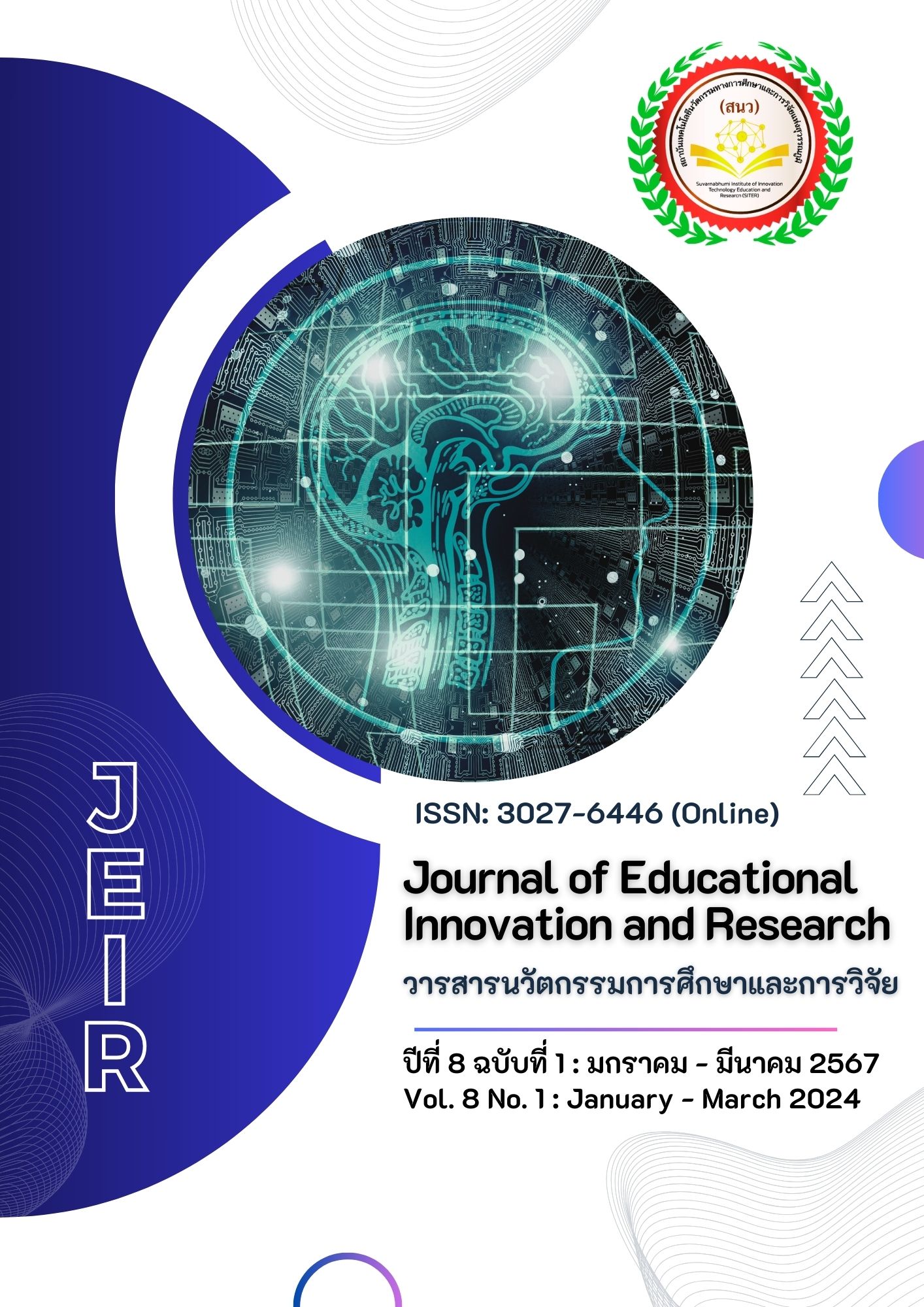การพัฒนาช่องทางการจัดจำหน่ายผลิตภัณฑ์ชุมชน ด้วยพาณิชย์อิเล็กทรอนิกส์ ในจังหวัดนครสวรรค์
Main Article Content
บทคัดย่อ
การวิจัยเชิงพรรณนาและสำรวจครั้งนี้มีวัตถุประสงค์สามประการ (1) เพื่อศึกษาความต้องการใช้รูปแบบระบบพาณิชย์อิเล็กทรอนิกส์ของผู้ขายและผู้ซื้อผลิตภัณฑ์ชุมชน (2) เพื่อออกแบบและพัฒนารูปแบบช่องทางการจัดจำหน่ายผลิตภัณฑ์ชุมชนด้วยพาณิชย์อิเล็กทรอนิกส์ และ (3) เพื่อประเมินผลความพึงพอใจในการใช้งานรูปแบบช่องทางการจัดจำหน่ายผลิตภัณฑ์ชุมชนด้วยพาณิชย์อิเล็กทรอนิกส์ เครื่องมือที่ใช้ในการวิจัย แบบสอบถามเก็บรวบรวม กลุ่มตัวอย่างที่ใช้ในการวิจัยครั้งนี้ประกอบด้วยกลุ่มผู้ขายและผู้ซื้อผลิตภัณฑ์ชุมชน 2 กลุ่ม ๆ ละ 400 คน ได้มาจากการสุ่มแบบเฉพาะเจาะจง ผลการวิจัยเป็นดังนี้ 1) ความต้องการใช้รูปแบบระบบพาณิชย์อิเล็กทรอนิกส์ พบว่า ส่วนใหญ่ผู้ขายและผู้ซื้อผลิตภัณฑ์ชุมชนต้องการให้ระบบหน้าร้านแสดงข้อมูลสินค้า แสดงช่องทางการติดต่อที่หลากหลาย แสดงข้อมูลข่าวประชาสัมพันธ์พร้อมทั้งแสดงนโยบายการค้า และข้อมูลเกี่ยวกับเว็บไซต์ด้านระบบตะกร้าสินค้าต้องการให้ระบบแสดงรายการสินค้าที่ถูกสั่งซื้อ และ ลูกค้าสามารถปรับเปลี่ยนรายการสินค้าได้จนกว่าจะเข้าถึงขั้นตอนการชำระเงิน มีระบบยืนยัน/ แจ้งเตือนการสั่งซื้อสินค้า และแสดงจำนวนสินค้าที่ถูกสั่งซื้อ ในแต่ละรายการ ด้านระบบชำระเงินต้องการให้ระบบโอนเงินเข้าบัญชี การชำระเงินปลายทาง และ การชำระเงินผ่านเคาน์เตอร์เซอร์วิส ด้านระบบการจัดส่งสินค้าและบริการ ต้องการให้ระบบจัดส่งแบบด่วน มีการแจ้งรายละเอียดในการคิดค่าขนส่งสินค้า มีจัดส่งแบบลงทะเบียน และระบบการแจ้ง เตือนการชำระเงินและติดตามการจัดส่งสินค้า ต้องการให้ระบบมีการเชื่อมโยงกับเว็บไซต์บริษัทขนส่ง สามารถติดตามสถานะการจัดส่งสินค้าผ่านเว็บไซต์และมีแจ้งเตือนสถานการณ์จัดส่งผ่าน แอปพลิเคชันไลน์ 2) การออกแบบและพัฒนาช่องทางการจัดจำหน่ายด้วยพาณิชย์อิเล็กทรอนิกส์ พบว่า เทคนิคการออกแบบเว็บไซต์แบบใหม่ ควรประกอบด้วย หน้าแรก หน้าประเภทสินค้า หน้าสินค้า หน้าการแจ้งชำระเงิน หน้านโยบายการค้า หน้าข้อมูลเกี่ยวกับเว็บไซต์ และ หน้าตะกร้าสินค้า นอกจากนี้ควรประกอบไปด้วย แสดงสินค้าแนะนำ สินค้าผลิตภัณฑ์ชุมชน ข่าวประชาสัมพันธ์ และ ช่องทางการติดต่อ และ 3) การประเมินผลความพึงพอใจในการใช้งานรูปแบบช่องทางการจัดจำหน่าย พบว่า มีความพึงพอใจระบบในภาพรวม อยู่ในระดับมากที่สุดมีค่าเฉลี่ยเป็น 4.62
Article Details

อนุญาตภายใต้เงื่อนไข Creative Commons Attribution-NonCommercial-NoDerivatives 4.0 International License.
เอกสารอ้างอิง
Akakul, T. (2000). Research methodology in behavioral and social sciences. Ubon Ratchathani: Rajabhat Institute Ubon Ratchathani.
Burgess, L. & Cooper, J. (2000, November). Extending the viability of MICA (Model of Internet Commerce Adoption) as a metric for explaining the process of business adoption of Internet commerce. Paper presented at the International Conference on Telecommunications & Electronic Commerce. Dallas.
Dejkriengkraikul, C. & Kanawan, N. (2007). OTOP and SMEs. 4th ed. Bangkok: SE-EDUcation.
Dent, J. (2011). Distribution channels: Understanding and managing channels to market. 2th ed. United Kingdom: Kogan Page Limited.
Iamsiriwong, O. (2013). electronic commerce (Administration Perspective): e-Commerce (A Managerial Perspective). Bangkok: SE-EDUcation.
Jairak, R. Praneetapolkrang, P. & Banditwattanawong, T. (2010, October,1-3). Creating A New Causal Model for Describing e-Customers Repurchase Intention Using Multiple Fuzzy Cognitive Maps. Thailand Mobile Applications Symposium, Queen Sirikit National Convention Center, Bangkok, Thailand.
Nakhon Sawan Provincial Statistical Office.(2020).Nakhon Sawan economic structure. from http://www.nksawan.nso.go.th/
Office for the Promotion of Local Wisdom and Community Enterprise. (2022). One Tambon One Product (OTOP). from https://cep.cdd.go.th/
Rattanawaraha, J. & Ksetchana, W. (2011). Pointing the way to rich with E-commerce, anyone can do it. Bangkok: Net Design Publishing.
Ruchtanon, O. Saleknan, K. Klinsukon, C. PhuNgam, J. & Sirithana, M. (2019). The Impacts of E-commerce on Local Business.from https://www.bot.or.th/Thai/MonetaryPolicy/Economic Conditions/AAA/ECommerce_paper.pdf
Sangkhasuk, R. Naklungka, K. Ekphon, W. & Surasawadee, W. (2017). Development Of E-Commerce Channel Among Community Enterprises Network. Humanities and Social Science, 12(1), 38-49.
Sinthusir, N. Inthasang, C. Boonmasongsung, D. & Nunnad, P. (2020). Distribution Channel of Organic Rice Processed Product: Case Study of Nakornkong Jasmine Rice Community Enterprises, Nakhon Ratchasima Province. Academic Journal of Humanities and Social Sciences Burapha University, 28(2), 82-107.
Sribunjong, R. & Leamprecha, N. (2021, April 1). Consumers' Online Shopping Behavior under the New Normal in Muang District, Phitsanulok Province that Affects the Online Marketing Mix. National Postgraduate Student Colloquium.
Timmers, P. (1998). Business models for electronic markets. Electronic Markets, 8(2), 1-8.
Young, Ha. (2012). Role of web site design quality in satisfaction and word of mouth generation. Online Information Review, 23(1), 79-97.


